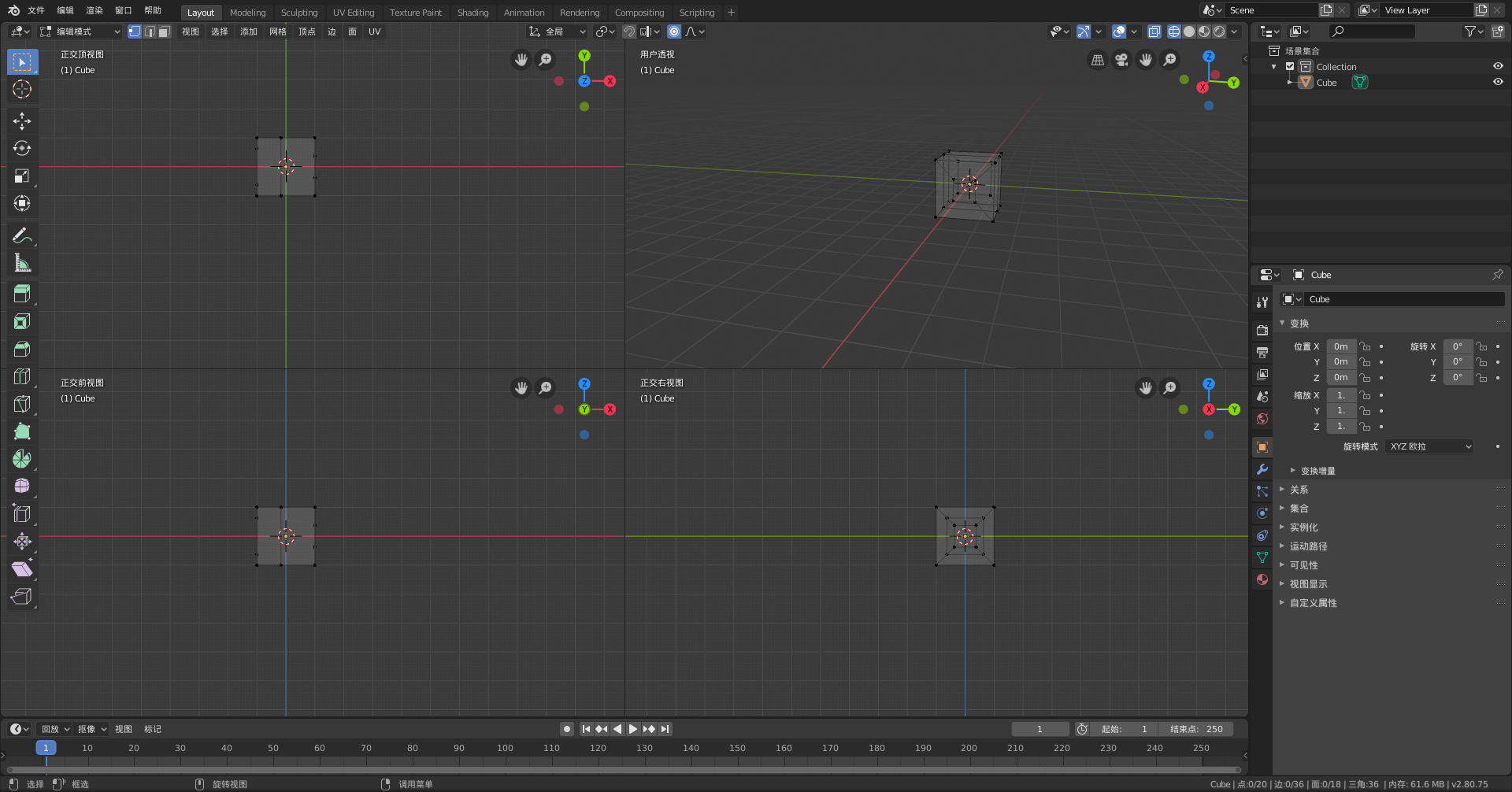


Rao, In Handbook of Statistics, Elsevier, Volume 36, Pages 305–328. Widgren (2017) Chapter 11 - Data-Driven Computational Disease Spread Modeling: From Measurement to Parametrization and Control, Editor(s): Arni S.R. Doctoral thesis, Department of Information Technology, Uppsala University, Sweden. Bauer (2017) Parallelism in Event-Based Computations with Applications in Biology. MATHMOD 2018 Extended Abstract Volume, ARGESIM Report 55 (ISBN 978-3-90), p 65-66. Widgren (2018) Towards Bayesian Parametrization of national scale epidemics. Lindberg (2018) Spatio-temporal modelling of verotoxigenic Escherichia coli O157 in cattle in Sweden: Exploring options for control. Journal of Statistical Software, 91(12), 1–42. Engblom (2019) SimInf: An R Package for Data-Driven Stochastic Disease Spread Simulations. Widgren (2020) Bayesian epidemiological modeling over high-resolution network data. Widgren (2020) A between-herd data-driven stochastic model to explore the spatio-temporal spread of hepatitis E virus in the French pig production network.

paratuberculosis in the Swedish cattle trade network. Frössling (2020) Modelling spread and surveillance of Mycobacterium avium subsp. The array is a uniquely new feature to B3and can be manipulated in any way by the user.T. All these values are placed in an array defined by the user. 50/100/200 pips are the Take Profits that are coded into B3 and can be modified via the menu. The Take Profit values are just double the grid values. 25/50/100 remains B3's set grid but the grid can be squished or auto calculated (discussed later) without changing individual numbers listed in the menu. Remaining trades (9th level and beyond) placed at the 100 pip range is user selectable also. The number of trades at the 25 pip difference is user selectable and the number of trades at the 50 pip difference is user selectable. This 100 pip amount is used for all remaining trades placed.įor this strategy, each LIMIT trade added is called a “level”. The ninth trade (LIMIT trade) is placed 100 pips above/below the 8th trade. This 50 pip amount is used until 8 total trades are open. The fifth trade (LIMIT trade) is placed 50 pips above/below the fourth outstanding trade. The Entry Offset has no effect if this feature is used. If the user selectable feature of B3Traditional is set to false, then the grid is started using a BUY or SELL. The 25 pip amount is used until 4 open trades are out. Each LIMIT trade added is placed 25 pips above/below the last trade. Once either the STOP or LIMIT is hit creating the first trade, subsequent trades are placed a fixed distance of 25 pips either side of the current price. A user has the ability to adjust the MathMod feature of B3 using the Entry Offset parameter. This proprietary fashion using the MathMod function sets the STOP/LIMIT trades around the current price at distance of approximately ½ the pips defined by the first grid value, 25 in this case. B3 starts placing trades by bracketing the current price with STOP/LIMIT trades in a proprietary fashion. Once the direction is determined and trading is started, B3 uses LIMIT trading to add to the basket of trades. This reverse feature is user selectable via the menu set item. Instead of place a BUY STOP/LIMIT if the market is long, you can force B3 to place a SELL STOP/LIMIT. You now have the capability to reverse the grid. If the trend reverses, SELL LIMITS are hit and profits taken on the reversal. If the direction is short, SELLS are used to take profits. If the trend reverses, BUY LIMITS are hit and profits taken on the reversal. If the direction is long, BUYS are used to take profits. You may now select/change the capability of B3 to place just a BUY trade or a SELL trade instead of STOP and LIMIT trades to start its trading routine. Its basic design is to use MA to determine market conditions and bracket the current price with a STOP and LIMIT to profit in that direction.


 0 kommentar(er)
0 kommentar(er)
